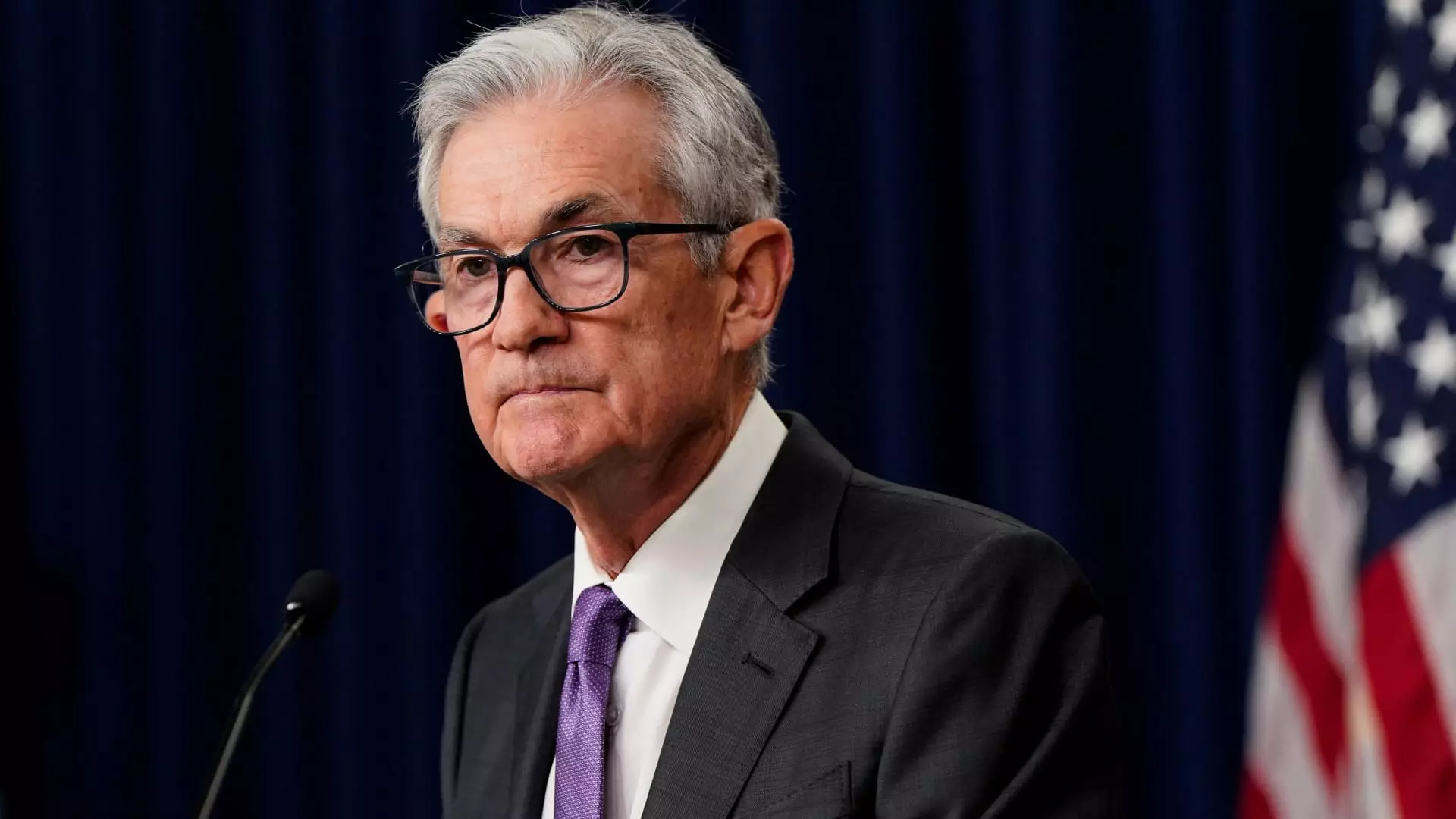Recent data from the Consumer Price Index in March showed an unexpected rise in inflation, which has led to the Federal Reserve taking a cautious approach towards lowering its benchmark rate. Earlier predictions of multiple rate cuts this year are now less likely as the central bank keeps an eye on inflation trends.
Mark Higgins, senior vice president for Index Fund Advisors and an expert in U.S. financial history, warns about the risks of allowing inflation to persist. He references the mistakes made by the Federal Reserve in the past, particularly during the 1970s when inflation became a major concern. These lessons have influenced the Fed’s current stance on interest rates.
Higgins points out that the central bank is likely to remain cautious in its approach to rate cuts, fearing a repeat of historical errors. Despite a healthy economy and low unemployment rates, the Fed is treading carefully to ensure that inflation does not spiral out of control. Higgins stresses the importance of learning from past mistakes to prevent future financial crises.
Federal Reserve Chairman Jerome Powell echoes the sentiment of caution, citing historical examples of tight monetary policy to combat inflation. Powell refers to the actions taken by former Fed Chair Paul Volcker, who successfully curbed high inflation rates in the early 1980s but at the cost of a severe economic downturn. Powell’s fear of repeating history guides the Fed’s current approach to interest rates.
Financial experts like Steven Eisman warn against premature easing by the Federal Reserve, emphasizing the importance of maintaining a balance between economic growth and inflation control. Eisman cautions against repeating past mistakes of loosening monetary policy too early, which could result in a resurgence of inflation and the need for drastic measures to rein it in.
As the Federal Reserve navigates the current economic landscape, the lessons of the past weigh heavily on policymakers. The delicate balance between stimulating growth and controlling inflation requires a measured and cautious approach to interest rate adjustments. By learning from historical missteps and maintaining vigilance, the Fed aims to steer the economy towards stability and sustained growth.

Leave a Reply